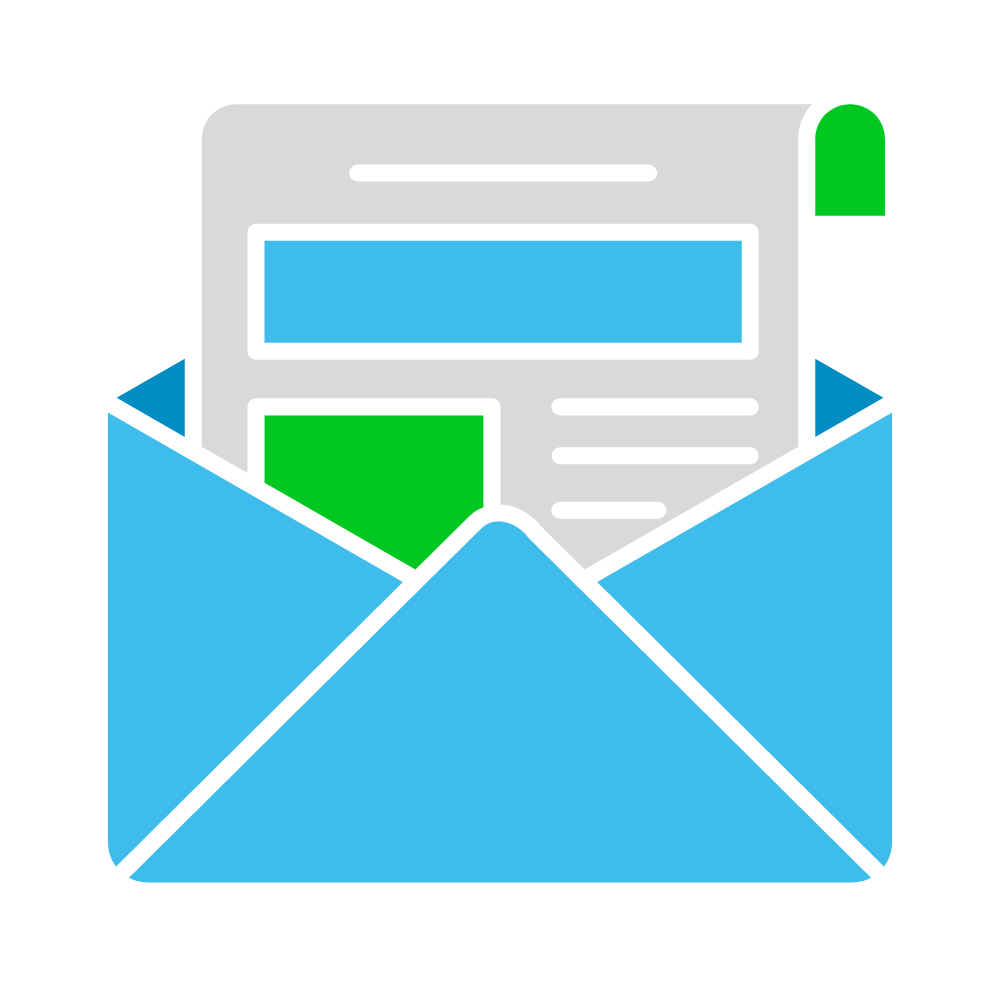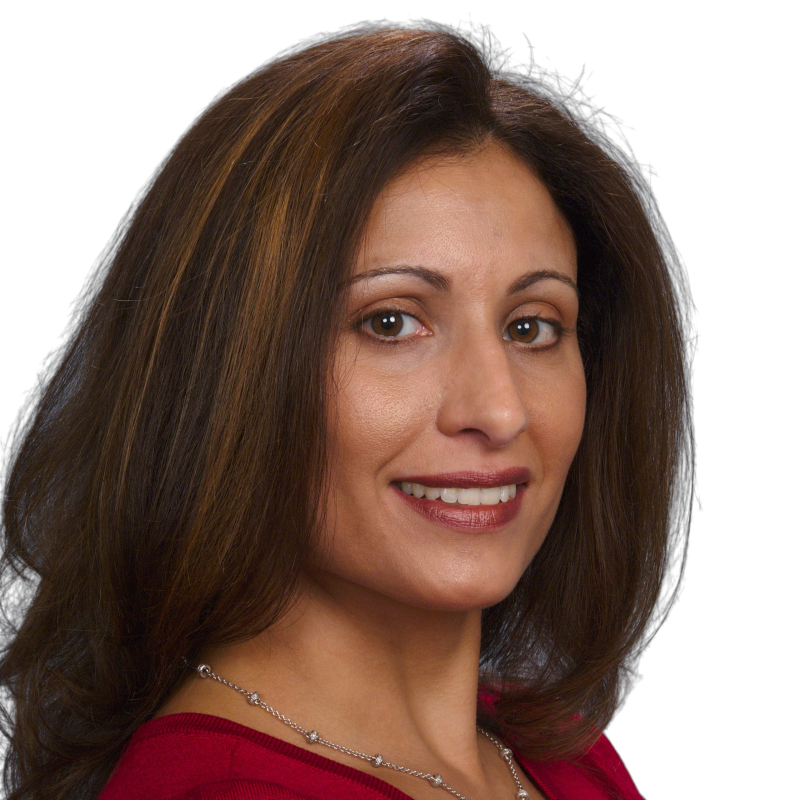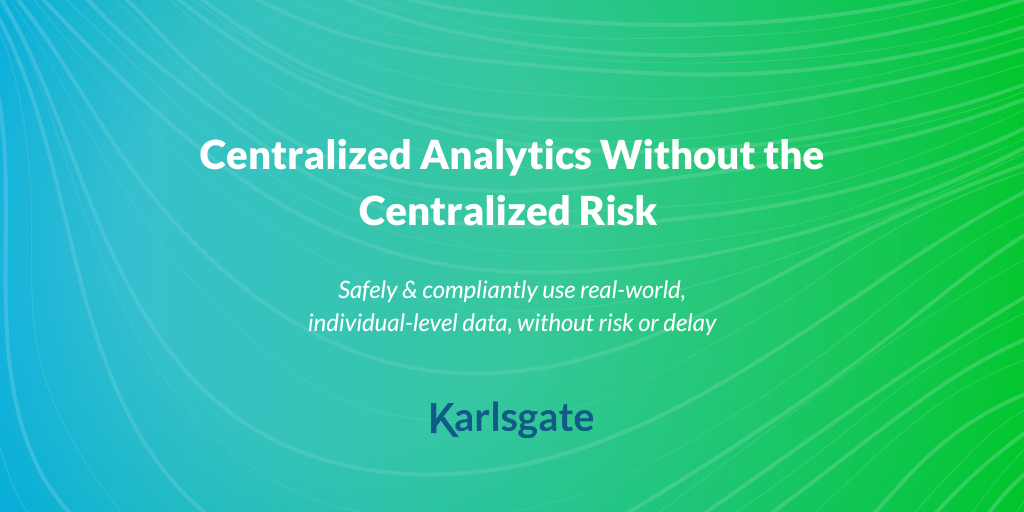In today’s day and age, we prioritize convenience. With smartphones at our fingertips, the simple touch of a button makes everyday tasks from online shopping to grocery delivery easier and more...
We need to add secure connectivity for our first-party data strategy
After decades of working in the consumer data industry, I became convinced that sharing Personally Identifiable Information (PII) to match data sets represents a very real conflict between privacy rights and commercial interests. And that overcoming this disconnect would have a positive impact on the entire industry and, at some point, even become a regulatory imperative for brands and their partners.
With that conviction driving me, I spent years developing technology that can actually eliminate the need to disclose PII to share insights or run digital campaigns. Now, that tech is the foundation of a data collaboration platform called the Karlsgate Identity Exchange™ (KIE) and it enables the transfer of data without ever exposing consumer identities. This platform reflects my strong belief that security and privacy should be built directly into the process of data sharing and not rely on the trust of third parties.
We are facing an inflection point for brands and others in the marketing ecosystem. Several truly seismic events are forcing us to revisit the way we share and protect consumer information ushering in what I call the “Protected Data Age.”
Loss of third-party cookies
Third-party cookies and IDFA have been critical to online tracking and targeting of consumers. Their loss is forcing brands to explore new ways to collect, enhance and utilize data for their marketing programs.
Brands are working to pivot their engagement and measurement strategies to first-party alternatives. Marketers hoping that a universal ID will allow them to avoid the chasm of a cookie-less world will probably be disappointed. You should plan now to leverage a federated model of first-party data via secure data-sharing partnerships with media, data, and ad tech companies.
Privacy regulations will continue to ramp up
The future of consumer privacy rules is starkly illustrated in the enactment of the California Consumer Privacy Act (CCPA) and California Privacy Rights Act (CPRA), both of which strictly regulate how businesses around the world can use the personal information of California residents. This legislation is similar to the General Data Protection Regulation (GDPR) which in 2018 instituted consumer consent-based data and privacy regulations across the European Union, basically squashing the third-party data industry in that part of the world.
At least 33 countries have similar laws, and many US states are working up this type of legislation. Marketers should be planning right now for how they’re going to comply with the rigorous consumer data usage and safe-sharing regulations coming their way.
Review data sharing practices that rely on trust
The industry has certainly evolved to help address some of the risks of data sharing, with newer practices and technologies like hashing, clean rooms, and encrypted transport helping to augment data security. But all three ultimately rely on a brand surrendering custody of their data which is inherently risky. In other words, these newer approaches to secure data sharing, while important and well-intentioned, still leave consumer identities open to exposure of leakage, persistency, and re-identification.
Mitigating these types of nightmare scenarios with a coherent first-party data strategy that includes secure data sharing needs to be a major focus for leaders. The good news is that despite these challenges, there’s plenty of blue skies ahead for those who want to take their consumer insights and engagement strategies to the next level, including brand-to-brand cross-marketing opportunities.
Freedom to collaborate broadly
Greater collaboration between brands, publishers, and agencies is the wave of the future and will be absolutely critical in a post-cookie, online advertising world. According to a Winterberry Group survey of 75 US brand marketers, 64.3% currently share first-party data for insights, activation, measurement, or attribution, and another nearly 17% have plans to do so. This cooperation will enable them to access, enhance, and utilize first, second, and third-party data across various media like web, streaming, and social, as well as personal identifiers and devices.
Brands have been sharing consumer data pretty freely for years, sending it to partners, co-ops, DMPs, and others without much thought. Today, brands have an opportunity to rethink their first-party data strategies without dependency on the restrictive and trust-laden solutions of the past.
It’s now possible to fully protect and empower data sharing with platforms, publishers, and collaborators of choice, through a solution like Karlsgate Identity Exchange where PII never leaves a brand’s own computing environment. Forward-thinking leaders who pivot from their legacy approaches and embrace risk mitigation when sharing data and insights are the ones who will succeed as the landscape continues to evolve.
Embrace the Protected Data Age
As I speak to marketing leaders, I’m hearing how few options have been available to bridge the divide between privacy and connectivity when managing first-party customer data.
The industry has been operating the same way for decades and it’s going to take a concerted effort from all of us acting together to change it. I’m all in. I hope you are too.








